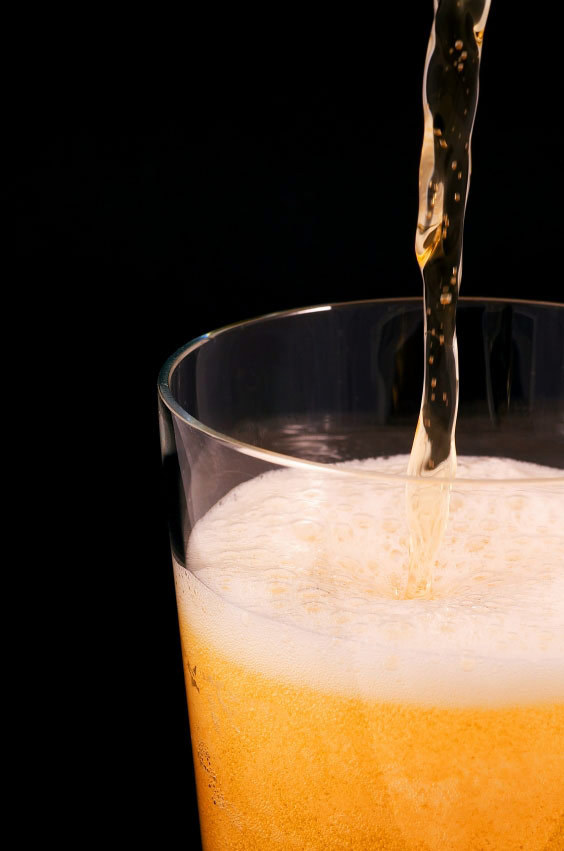Beer Goggles: How Alcohol Disrupts the Brain

Anyone who's failed a sobriety test will tell you that making coordinated movements while drunk is hard, and a new study explains why. Alcohol appears to disrupt connections between the brain's visual and muscle control regions.
Healthy social drinkers had their brains scanned while they were sober or intoxicated. The study, which was detailed online Feb. 14 in the journal Alcohol and will be published in a forthcoming print edition of the journal, showed that alcohol consumption affects the brain by weakening connections between vision and movement-planning areas that are important for hand-eye coordination.
"This finding may also have important consequences for determining which components of demanding tasks, such as driving a car, may be compromised earlier than the functions of the main [movement] and visual areas," lead study author Michael Luchtmann, a neurosurgeon at Otto-von-Guericke-University of Magdeburg, Germany, told LiveScience.
Alcohol's effects on coordination are well-known. Drinking affects all cognitive abilities to a varying extent, depending on the amount consumed. Alcohol interferes with eye coordination and makes muscle movements slower and less accurate. But how even moderate amounts of drinking affect the complex interactions between parts of the brain involved in vision and muscle control has remained somewhat murky. [10 Odd Facts About the Brain]
The study involved a total of 14 healthy male and female volunteers, all of whom were social drinkers without any history of alcohol abuse. The volunteers had their brains scanned using functional magnetic resonance imaging (fMRI), which uses blood flow as a measure of brain activity, before and after consuming alcohol mixed with orange juice. The amount of alcohol was designed to give each person a blood alcohol concentration of about 0.1 percent, which was verified by breathalyzer and blood tests (the actual amount ended up being about 0.08 percent).
While in the MRI scanner, the volunteers watched an image of a checkerboard changing colors, and had to tap their fingers and thumb together as quickly as possible whenever the colors changed. To ensure they were focused on the task, the volunteers also had to watch a small red cross and count how often it changed color.
The scans revealed that alcohol consumption resulted in decreased connectivity between the supplementary motor area, a brain region involved in planning and executing controlled movements, and the primary visual and motor areas. By contrast, these parts of the brain are normally more connected when a person is sober.
Sign up for the Live Science daily newsletter now
Get the world’s most fascinating discoveries delivered straight to your inbox.
This is the first fMRI study to show how alcohol disrupts connections between regions involved in hand-eye coordination, Luchtmann said. The findings suggest that consuming even moderate amounts of alcohol affects complex interactions between different brain areas, which could be important for determining legal alcohol limits for driving, for example.
Alcohol abuse causes 30 fatal accidents per day in the United States alone, according to the Centers for Disease Control and Prevention, as well as numerous social problems and medical disorders.
Follow Tanya Lewis @tanyalewis314. Follow us @livescience, Facebook or Google+. Original article on Live Science .










